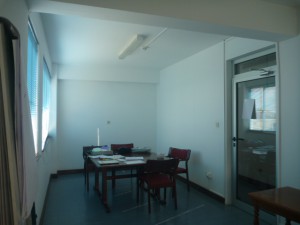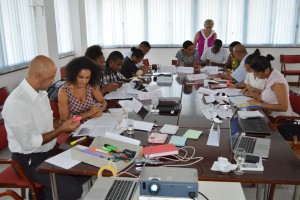This work is founded on an innovative, practical method that aims to systematically capture and make sense of the complex context that influences action. The method provides a meta-taxonomy for organizing information from a range of sources, both structured and unstructured, qualitative and quantitative. Given that the taxonomy is founded on sociological thinking about the social system – something universal for all societies – it allows us to compare across contexts and see trends related to actors and their actions. However, the method itself cannot standalone, as one of its benefits is allowing us to “see” things differently. Vizualizing these insights is critical in order to dive deeper into the analysis.
Therefore, after years developing, applying, and adjusting the methodology, this initiative has taken the next step of putting together a user-friendly platform that semi-automates the process. (more…)









 s: how can we replicate or scale up what works?
s: how can we replicate or scale up what works?